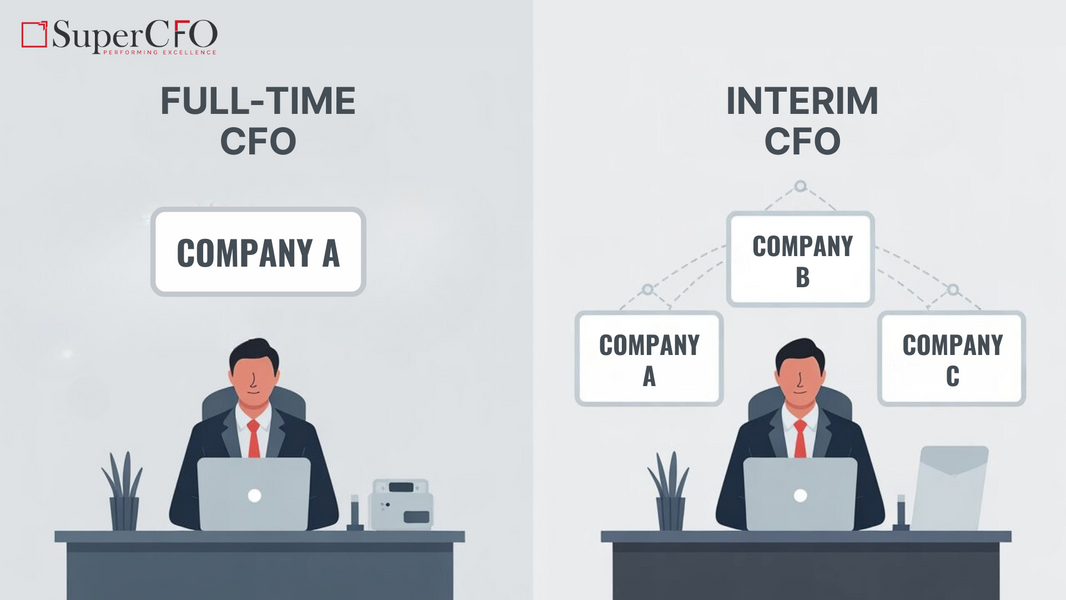When the World is Unstable, CFOs Need to Stay Grounded
Global finance leaders are not unfamiliar with uncertainty. But today’s volatility is pushing even the most experienced CFOs to rethink their approach to Financial Planning and Analysis (FP&A).
Recent events reflect how quickly the ground can shift:
-
Ongoing US government shutdown
-
The resignation of France’s Prime Minister
-
Leadership transition underway in Japan
-
Mass protests across the world against illegal immigration
These developments can rapidly impact investor sentiment, currency exchange rates, trade dynamics, and business confidence. In this environment, CFOs are turning to more adaptive and responsive FP&A systems for strategic navigation.
FP&A as a Real-Time Decision Framework
Traditional budgeting is no longer sufficient when forecasts become outdated within weeks. Modern CFOs are transitioning FP&A into a continuous, data-driven framework that does three critical things:
-
Monitors internal and external variables in near real-time
-
Models financial outcomes across multiple scenarios
-
Enables faster decision-making across business functions
This shift transforms FP&A into a business-critical layer that helps CFOs respond not reactively, but proactively, to volatility.
Predictive Analytics Replaces Backward-Looking Reports
Instead of simply reporting actuals and variance, forward-looking finance teams are integrating predictive analytics into their FP&A stack. These tools surface insights early from revenue risk and margin pressure to cost volatility.
Predictive indicators, whether tied to market sentiment, commodity pricing, or geopolitical triggers, can help CFOs respond before those risks fully materialise in the balance sheet or income statement.
Rolling Forecasts Keep CFOs Aligned with Reality
Annual budgets set once and revised quarterly are proving ineffective in dynamic markets. Instead, CFOs are embracing rolling forecasts that continuously update based on the latest financial and operational inputs.
A rolling 12- to 18-month forecast enables finance leaders to:
-
Reallocate resources based on shifting demand
-
Manage liquidity in response to pricing or supply chain pressures
-
Align strategic decisions with up-to-date financial visibility
Rolling forecasts are particularly critical when dealing with fluctuating fuel prices, interest rate hikes, or changes in global tax regulations.
Scenario Modelling Enables Faster Strategic Pivots
One of the most powerful tools in the modern CFO’s playbook is scenario modelling. By building and maintaining multiple financial models. Each model is based on different assumptions so CFOs can quickly simulate outcomes across best-case, base-case, and worst-case conditions.
For example, scenario planning can test the potential financial impact of:
-
Sudden FX rate shifts
-
Delayed payments from key customers
-
New trade regulations
-
Regional lockdowns or strikes
This allows CFOs to answer questions such as:
“How would a 50 basis point interest rate increase affect our debt service coverage ratio?”
“What is our EBITDA margin risk if raw material costs increase by 12% next quarter?”
FP&A as an Embedded Business Function
Progressive finance teams are embedding FP&A processes into sales, operations, HR, and procurement. Instead of operating in silos, functions across the business co-own financial outcomes through shared forecasts, KPIs, and planning cadences.
This cross-functional integration allows finance teams to:
-
Tie marketing spend to ROI and contribution margin
-
Measure workforce planning against productivity and payroll expense
-
Align procurement with working capital and supplier risk exposure
When every business leader understands how their decisions affect the P&L and cash flow, FP&A becomes a true strategic partner.
Final Thought: The Best Forecast Is the One That Keeps You Moving
Today’s markets are unpredictable. Policymaking is in flux. Supply chains remain fragile. Investor sentiment is volatile.
But the CFO who treats FP&A as a real-time compass can adapt faster than competitors.
In a world where the only certainty is change, the best financial strategy is not perfect foresight. It is the ability to pivot clearly, confidently, and quickly when the situation demands it.










